Unfortunately, this is not the mythical world of the Philosopher Stone, and we have to deal with very real world trade-offs and compromises. Yes, the RF 28 -70 F 2.0 accomplishes its image quality goals, but at the cost of size and weight. This lens is easily the largest lens I have ever used that wasn’t a telephoto allows with range beyond 200m. It weighs a whopping 3.15lbs. and positively dwarfs every other way is a bag, including the chunky RF 85mm F1.2 DS:
In case you’re wondering the 28-70 takes a monstrous 95mm filter.
I’ve been wanting to try this lens for a few years and quite honestly just haven’t had time. But this year, I finally had Canon Professional Services ship me out an example for a one week loan.
WHAT ARE THE NEGATIVES OF THIS LENS?
PRICE
There are some obvious trade-offs as mentioned in size and weight, but I’ll talk more about those in a moment. Instead, I want to start by talking about the price. The lens currently retails for around $3000.00. It seems like Canon is always running some sort of rebate or discount at any given time, which is why I say cost is “around” 3k. That’s a price not many photographers who aren’t working professionally are going to be able to shell out. On the flip side when you think about the fact that it’s like getting four lenses in one, it could potentially save you quite a bit of money and space in your camera bag if purchasing it means you don’t have to purchase multiple other lenses.
FOCAL RANGE
Simply put, the wide end of the 28-70 focal range just isn’t wide enough to be a single lens solution for many photographers, myself included. I currently have the RF 24-70 F2.8, and would hate to lose that 4mm difference because there are times when even 24m just isn’t wide enough.
APERTURE
The F 2.0 aperture of the RF 28-70 is great, but for many prime shooters, it’s not going to replace the prime lenses available in this focal range that can go F1.8, F1.4, and F1.2. Whether you’re talking about optimal low-light performance or bokeh that completely obliterates the background, F2.0 may not be enough.
SIZE/WEIGHT
Whether this lens is too big and/or heavy is really subjective and up to the individual. For my purposes, it wouldn’t be too big or too heavy IF it was a true single lens solution. I can easily carry and use this lens, for example, to do car photography at a local Cars & Coffee event for several hours. Would it work as a single lens for travel photography? Here again, 28 isn’t wide enough for me in this application. I typically bring my RF 15-35 F2.8 when I travel for this very reason.
OTHER MINOR GRIPES
The RF 28-70 F2.0 has a “Lock” switch and a focal length adjustment wheel with markings for 28mm, 35mm, 50mm, and 70mm. Clearly there will be times when you want to “lock in” one of these four focal lengths but the lock switch doesn’t work that way. Its only function is to keep the lens locked in at 28mm when carrying or transporting the lens. The lock switch is certainly a handy feature to protect the, but this in my opinion was a missed opportunity.
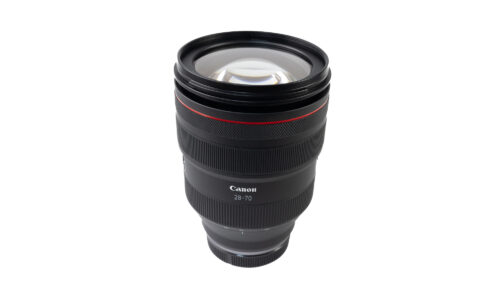 IMAGE SAMPLES
IMAGE SAMPLES
I was really interested to see if this lens really did shoot like a prime. To test this, I brought the lens out along with my EF 35mm F1.4 II, shooting the former at 35mm in the latter at F2.0. Here’s a couple of sample images:
I think these two shots really do underscore the power of the RF 28-70 F2.0 to perform like a prime. The two photos are essentially straight out of the camera and exported to .jpg in Lightroom. They’re virtually indistinguishable from one another – I don’t think anyone who didn’t already know could point to the one that wasn’t taken with a prime. The one possible distinguishing characteristic is the photo taken with the EF 35mm F1.4 II does exhibit a half stop brighter foreground. Looking at them side by side, that might be enough to distinguish them. But looking at them individually? You’re not going to be able to tell. The background blue in particular in both images is very good, and the bokeh balls are perfectly round.
I’ll start by saying that this set of comparison shots illustrated my irritation with being unable to lock the focal length in on the 28-70 as I accidentally took this photo at 36mm, not 35mm. That minor quibble aside, again you can see just how sharp the foreground is on these photos is, and how buttery smooth the bokeh is in the background of both photos. I was pretty shocked.
In this next set we see again two very comparable images of my car. I decided to shoot the 35mm lens wide open. The difference in brightness is fairly substantial but here again the image quality is extremely difficult to distinguish. Now let’s look at a couple of car photos:
In this set I again shot with the EF 35mm F1.4 II wide open, and you can definitely see the difference in the background blur as well as vignetting. But many (non-photographers) won’t be able to tell the difference between these two images.
I think looking at these images it’s pretty clear to see just how valid the claim is that the RF 28-70 F2.0 performs on par with a prime.
WHO IS THIS LENS FOR?
Wedding photographers are the obvious choice for this lens. Shooting wedding portraits can be very dynamic, quickly moving from single person portraits to multi-person family/group photos and the 28-70 focal range is ideal for this application. At the same time, being able to shoot at F2.o means wedding photographers can still create very artistic photos with beautiful bokeh. I could see similar use cases for children’s photography and pet photography.
IS THIS LENS RIGHT FOR ME?
The Canon RF 28-70 F2.0 is a very impressive lens, but given the compromises, it’s hard to justify given the other equipment I have. Sure there are many cases where it would be handy for me. Again, it would be at a great Cars and Coffee, lens. Right now, my preferred set up for this particular application is my Canon EF 35mm F1.4 II on one body, and my Voigtlander 50mm F1.0 on the other. And I think that brings up a really important consideration when thinking about this particular camera lens: how many camera bodies do you shoot with? If you shoot with a single camera body, the value proposition of using this lens is much higher than for someone like me who shoots with two or more bodies.
Playing devils advocate, the truth is I can easily talk myself both into and out of this lens. All the practical considerations aside, it’s a gorgeous lens and extremely flexible. “Yes, there are shots I need wider than 28mm to get when traveling…but may I should just take more panorama shots in those cases?” The lens definitely has a very unique and very desirable look to the images it renders. Rumors are swirling that Canon is working on a “Mark II” version of this lens – Perhaps a bit lighter with a bit smaller diameter filter size. If they can do that, not increase the price, and maintain the image characteristics of the original lens then it’s going to be a difficult lens for me not to own.

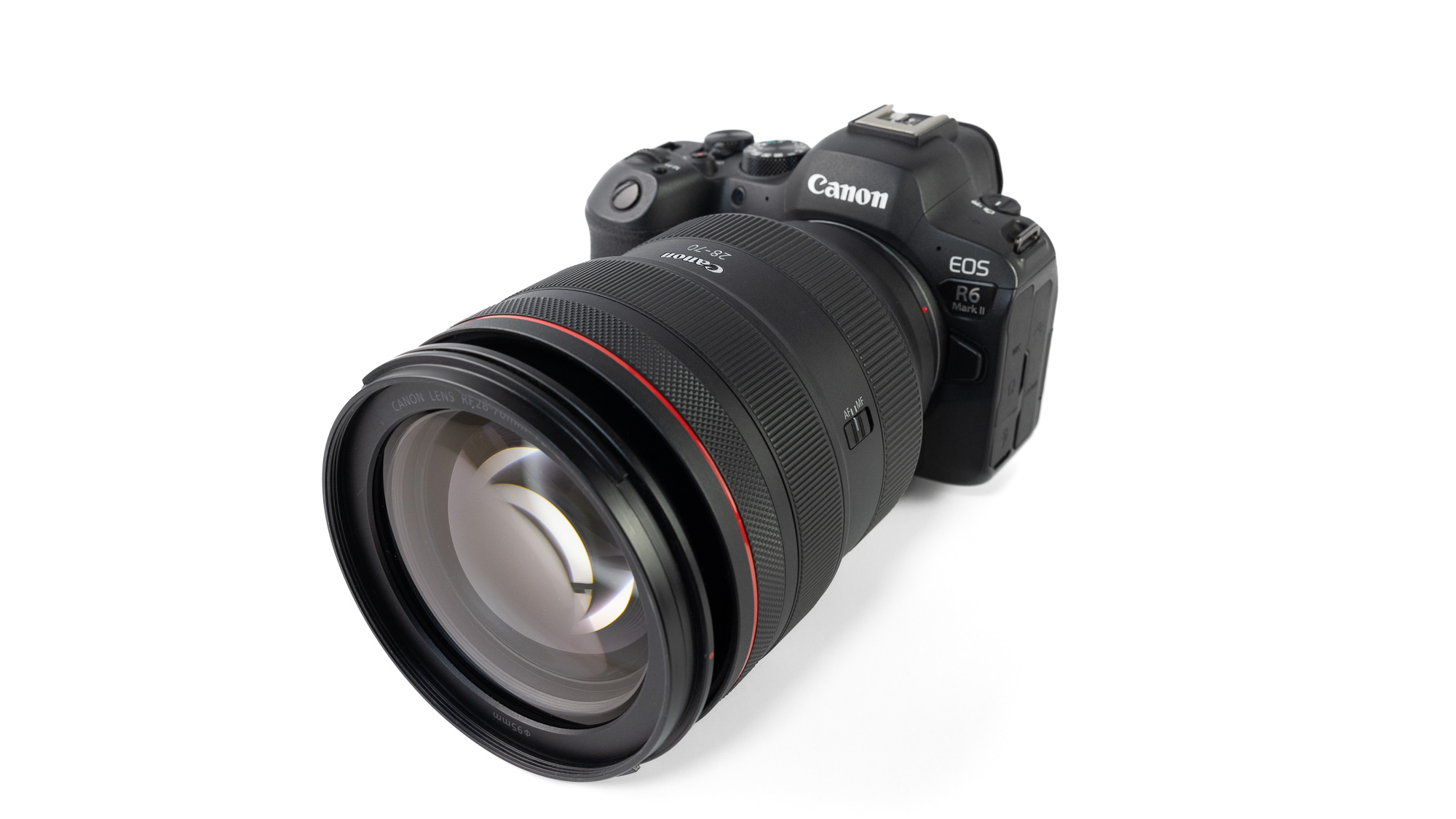
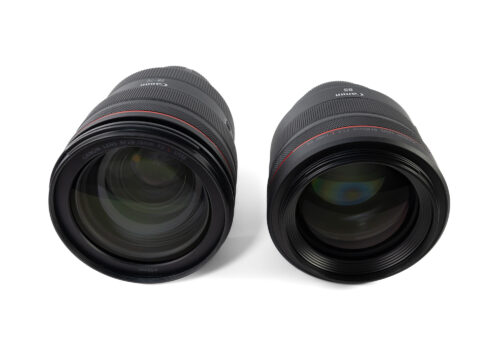
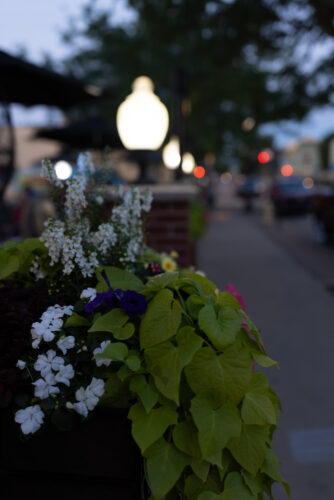
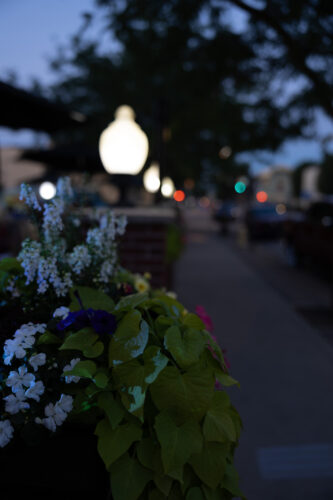
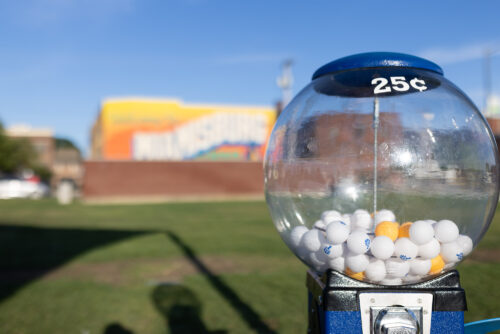
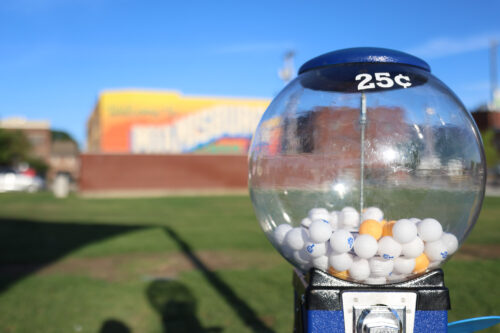
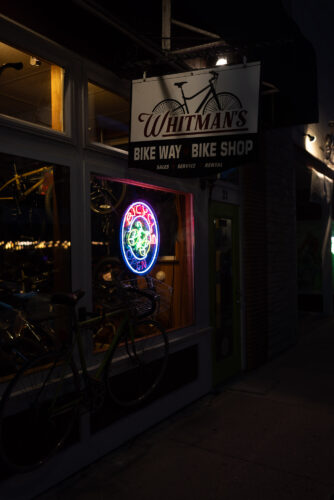
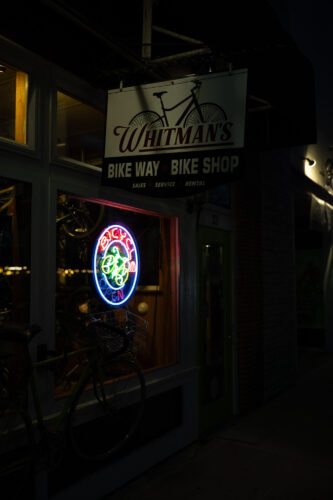
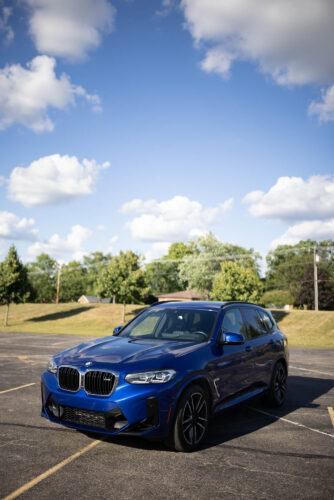
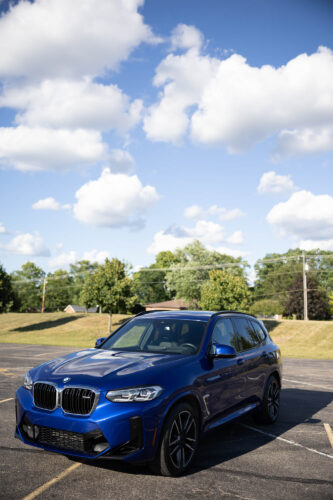
0 Comments